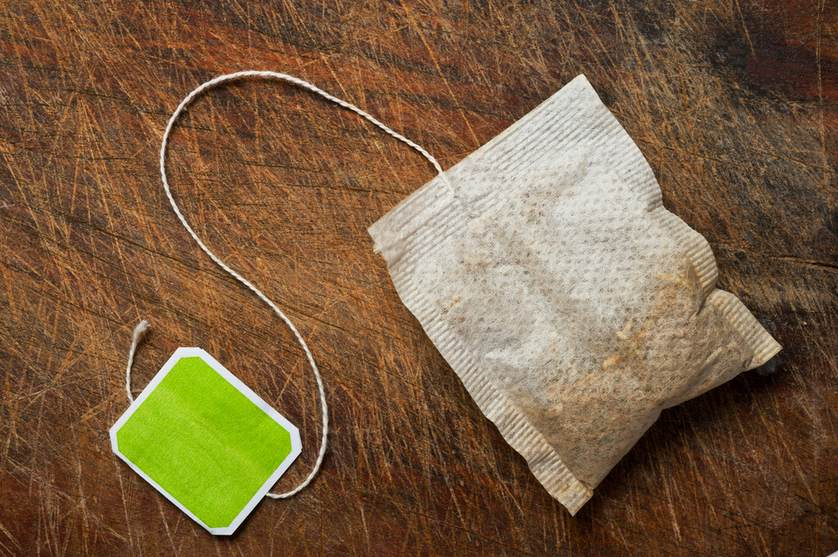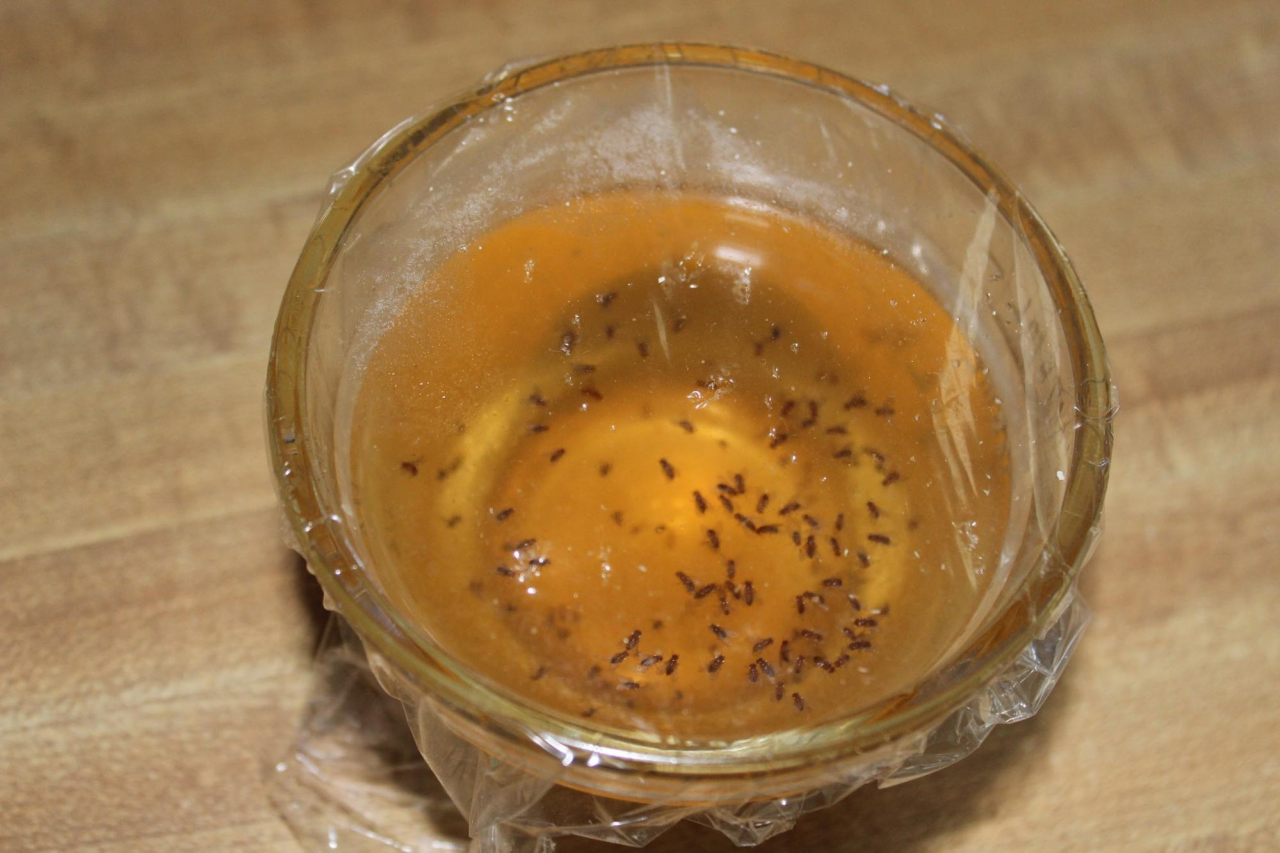DIY Pest Control Methods
Whether big or small, creepy crawlies never fail to send some of us in a screeching frenzy when spotted – be it sneaky lizards waiting to attack or ants crawling all over that cake you might have been saving for dessert. Eek.
While we know that there are experts and professionals who are here to help, many of us rely on DIY hacks or “old wives tales” such as pandan leaves or chalk to get rid of pests. Here are 8 simple DIY pest control hacks we might have learned while growing up:
1. Using unwashed eggshells to ward off lizards

Image credit: Snapguide
Lizards are attracted to light and have the spiderman-like ability to crawl on smooth surfaces, which explains why they are commonly found indoors. Truth be told, lizards feel more like an annoyance than a health hazard with their dropping stains and egg shell remains marking every corner of our homes. But unless you’re planning on splitting the rent with these scaly creatures, it’s just best to have them gone.
Our moms swear by unwashed eggshells as a way to get rid of lizards, and there are two reasons why – lizards aren’t fond of egg shell odour and are intimidated by the sight of their predator’s eggs.
To ward off lizards, you can place unwashed eggshells in places they are commonly found such as kitchen counters, newspaper piles, cabinets or behind picture frames. The number of lizards in your homes should decrease noticeably after this.
2. Putting pandan leaves in the car to deter pesky roaches

Image credit: Pasture Living
Growing up, I remember watching my mom tie up a bunch of pandan leaves, only to end up putting them in the car’s back seat. This “hack” isn’t uncommon these days either – you can still spot a bundle of these leaves in some taxis nowadays.
While the long-term effectiveness of this is still up for debate, pandan leaves have been used for years as a cockroach-deterrent to prevent us from ever having to whip out a can of Baygon. But do note that the leaves are just a temporary solution, and that pesky roaches may start feeding on them once they dry up!
3. Mixing Tea Tree Oil and vinegar to kill cockroaches

The antidote we’ve all been looking for. Image credit: Dr. Health Benefits
Silent, fast, and swift – cockroaches are the scariest of pests and are hard to get rid of. If pandan leaves or swatting at them with an old slipper don’t work, here’s a way to get rid of them with minimal contact: tea tree oil.
There is a reason why mothers use tea tree oil religiously. They’re a good pest repellent, and can also be used to get rid of stubborn stains on the floor – talk about killing two birds with one stone. Just mix a quarter of it with a quarter cup of vinegar and two cups of water in a spray bottle, and add two cups of water. Later, spray the mixture in infested locations such as the ceiling, pipes or bathroom.
Note: As tea tree oil is extremely poisonous, avoid spraying the mixture on contactable surfaces, especially if you have pets at home.
4. Using a pail of water to drown flying termites

Flying termites are sometimes mistaken for other bugs such as ants or mosquitoes, but don’t be fooled. Just like non-flying termites, they’re attracted to wood and can build nests in furniture like your ah mah’s favorite armchair.
Thankfully, there is a way to get rid of flying termites without the use of chemicals, and we can do so with earth’s natural compound – water.
Just fill up a bucket of water and hold it 10 cm away from the swarm that’s at a light source. The water’s reflection will attract them and lead them to their unfortunate – but necessary – deaths.

Image credit: Rentokil Pest Control Singapore
But as much as we’d like for this nifty water trick to rid termites from our homes forever, these pests are pretty challenging to deal with and often require proper professionals to step in.
5. Placing dried peppermint teabags in cupboards to keep rats away

Image credit: Safebee
Rodents may be more of a Starbucks fan when it comes to the question “coffee or tea”, and that works in your favour if you’re a frequent tea drinker. Rats are usually repelled by the smell of tea – especially peppermint tea – so hold on to your tea bags after breakfast. Instead of throwing them away, tuck your used tea bags into cupboards, shoe cabinets, or dark areas where rats are most likely to build their nests.
If you don’t have peppermint tea, saturating normal tea bags with peppermint essential oil also does the trick. And hey, even if it doesn’t work, at least you’ll have some air freshener!
6. Using cucumber skin to keep ants out

Image credit: How Pins
Ants are natural sweet-tooths and have a natural aversion to cucumber – especially the skin, as it is the most bitter part. To keep ants out, wipe the inside of the cucumber skin over areas previously covered by ants, such as the kitchen entrance or sink. The smell will mask the scent of food and derail them temporarily.
If you dislike cucumber, remind your mom of the better purpose it serves the next time she forces you to eat it – she won’t be able to disagree.
7. Making a vinegar fruit trap to trap fruit flies

Image credit: Dining Duster
Fruit flies tend to be pros at flying into our homes, but most of them aren’t as smart when it comes to getting out. If you’re fed up with flies swarming around your dinner table every evening, this vinegar fruit trap will finally put your problems – and those pesky pests to rest.
To make this trap of death, simply pour apple cider vinegar into a glass and cover it with a plastic wrap. After securing the wrap with a rubber band, puncture a small hole and push it in to form a funnel shape.
Place the trap in the kitchen or on the dining table, and wait for the flies to come. After this, you won’t be needing your electric rackets anymore. Of course, be sure to check on your traps regularly – these may turn mouldy and become a source of food for other pests.
8. Spraying saltwater on spiders to eliminate them

Image credit: Do It Yourself RV
As someone who has an intense fear of spiders, I’m thankful that we don’t live in a country infested with Black Widows or hairy tarantulas. Alas, these little critters can still be found hiding out in the toilet every once in awhile – much to my terror, of course. If you’re an Arachnophobe like me, here’s a way to clear your homes of these eight-legged creatures.
Saltwater is a natural spider poison which works well on house spiders. All you have to do is dissolve ⅛ cup of salt in a gallon of warm water, and pour it into a spray bottle. You can spray the solution on a spider’s nest, or directly onto a spider to kill it.
Keep your homes pest free with Rentokil
Contrary to popular belief, DIY methods and old wives tales do work, but are not a permanent solution to pest control. In order to do away with unwanted guests, it is always better to have quick, immediate and proper treatments.

Image credit: Rentokil Pest Control Singapore
If you find yourself in the middle of a pest infestation that won’t go away, the best way is to contact pest management services like Rentokil. With more than 50 years of service in Singapore, Rentokil provides services for residential, commercial and industrial customers, and are able to provide more effective solutions to tackling challenging pests like bedbugs and termites.
So instead of coming up with your own pest control methods, just sit back, relax, and let the professionals do their job. They’ll be sure to keep your homes free of pests once and for all!
Find out more about Rentokil here!
This post was brought to you by Rentokil Pest Control Singapore.





